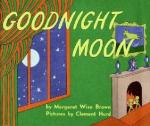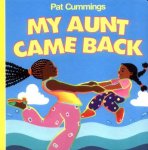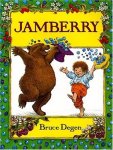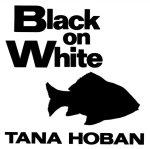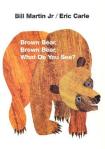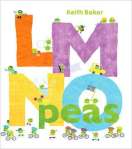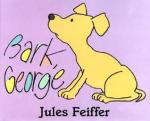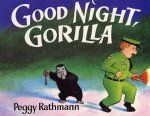With babies, choose books that have high visual contrast and stimuli, as their still-developing eyes can process a limited amount of detail (to see what the world looks like to babies at different stages of development, visit tinyeyes.com). Focus on board books, as these are the easiest for babies to handle, and are resilient against the chewing and drooling that come along with babies’ sensory exploration of the world. Touch and feel elements are also great, and are included in many animal board books. There should be only a few words on each page. Books should emphasize basic concepts, and it’s helpful to incorporate rhyme and music.
The following books are great examples to start with. Click on the titles to see user reviews, links to libraries and booksellers, and more from Goodreads.com:
- Bang, M. (1991). Yellow Ball. New York: Morrow Junior Books.
- Boynton, S. (1993). Barnyard Dance!. New York: Workman Pub.
- Boynton, S. (1995). Blue Hat, Green Hat. New York, N.Y: Little Simon Books.
- Brown, M. W., & Hurd, C. (1947). Goodnight Moon. New York: Harper & Brothers.
- Campbell, R. (1983). Dear Zoo. New York: Four Winds Press.
- Crews, D., & Greenwillow Books. (1978). Freight Train. New York: Greenwillow Books.
- Cummings, P. (1998). My Aunt Came Back New York: HarperCollins.
- Degen, B. (1983). Jamberry. New York, N.Y: Harper & Row.
- Fox, M., & Oxenbury, H. (2008). Ten Little Fingers and Ten Little Toes. Orlando, Fla.: Harcourt.
- Hoban, T. (1993). Black on White. New York: Greenwillow Books.
- Kubler, A. (2002). Head, Shoulders, Knees and Toes. Swindon: Child’s Play.
- Kunhardt, D. (1970). Pat the Bunny. Racine, Wis: Golden Press.
- Lewis, K., & Kirk, D. (2006). Tugga-Tugga Tugboat. New York: Hyperion Books.
- Martin, B., & Carle, E. (1992). Brown Bear, Brown Bear, What Do You See? New York: H. Holt.
- Oxenbury, H. (1999). Clap hands. New York, N.Y: Little Simon.




